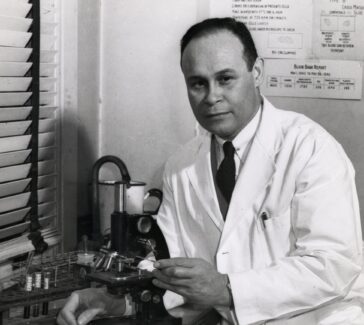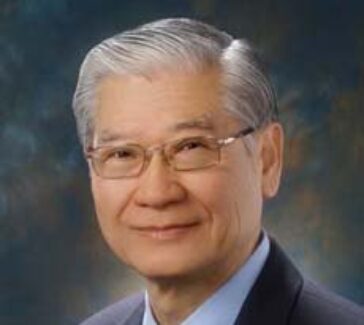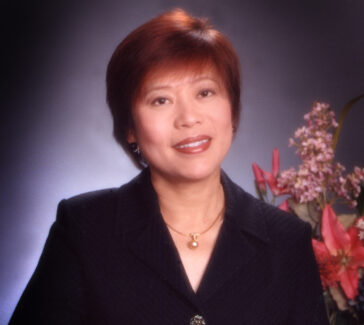Joseph John “J. J.” Thomson
In 1897 Thomson discovered the electron and then went on to propose a model for the structure of the atom. His work also led to the invention of the mass spectrograph.
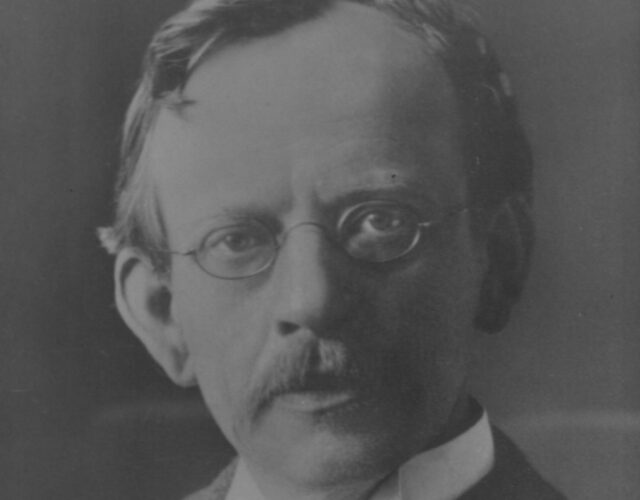
The British physicist Joseph John “J. J.” Thomson (1856–1940) performed a series of experiments in 1897 designed to study the nature of electric discharge in a high-vacuum cathode-ray tube, an area being investigated by many scientists at the time.
Thomson interpreted the deflection of the rays by electrically charged plates and magnets as evidence of “bodies much smaller than atoms” (electrons) that he calculated as having a very large value for the charge-to-mass ratio. Later he estimated the value of the charge itself.
Thomson interpreted the deflection of the rays by electrically charged plates and magnets as evidence of “bodies much smaller than atoms” (electrons) that he calculated as having a very large value for the charge-to-mass ratio. Later he estimated the value of the charge itself.
Structure of the Atom and Mass Spectrography
In 1904 Thomson suggested a model of the atom as a sphere of positive matter in which electrons are positioned by electrostatic forces. His efforts to estimate the number of electrons in an atom from measurements of the scattering of light, X, beta, and gamma rays initiated the research trajectory along which his student Ernest Rutherford moved.
Thomson’s last important experimental program focused on determining the nature of positively charged particles. Here his techniques led to the development of the mass spectrograph. His assistant, Francis Aston, developed Thomson’s instrument further and with the improved version was able to discover isotopes—atoms of the same element with different atomic weights—in a large number of nonradioactive elements.
Early Life and Education
Ironically, Thomson—great scientist and physics mentor—became a physicist by default. His father intended him to be an engineer, which in those days required an apprenticeship, but his family could not raise the necessary fee. Instead young Thomson attended Owens College, Manchester, which had an excellent science faculty. He was then recommended to Trinity College, Cambridge, where he became a mathematical physicist.
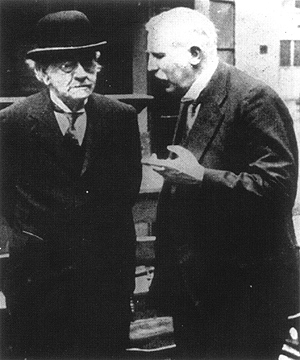
In 1884 he was named to the prestigious Cavendish Professorship of Experimental Physics at Cambridge, although he had personally done very little experimental work. Even though he was clumsy with his hands, he had a genius for designing apparatus and diagnosing its problems. He was a good lecturer, encouraged his students, and devoted considerable attention to the wider problems of science teaching at university and secondary levels.
Ties to the Chemical Community
Of all the physicists associated with determining the structure of the atom, Thomson remained most closely aligned to the chemical community. His nonmathematical atomic theory—unlike early quantum theory—could also be used to account for chemical bonding and molecular structure (see Gilbert Newton Lewis and Irving Langmuir). In 1913 Thomson published an influential monograph urging chemists to use the mass spectrograph in their analyses.
A Nobel Prize
Thomson received various honors, including the Nobel Prize in Physics in 1906 and a knighthood in 1908. He also had the great pleasure of seeing several of his close associates receive their own Nobel Prizes, including Rutherford in chemistry (1908) and Aston in chemistry (1922).

